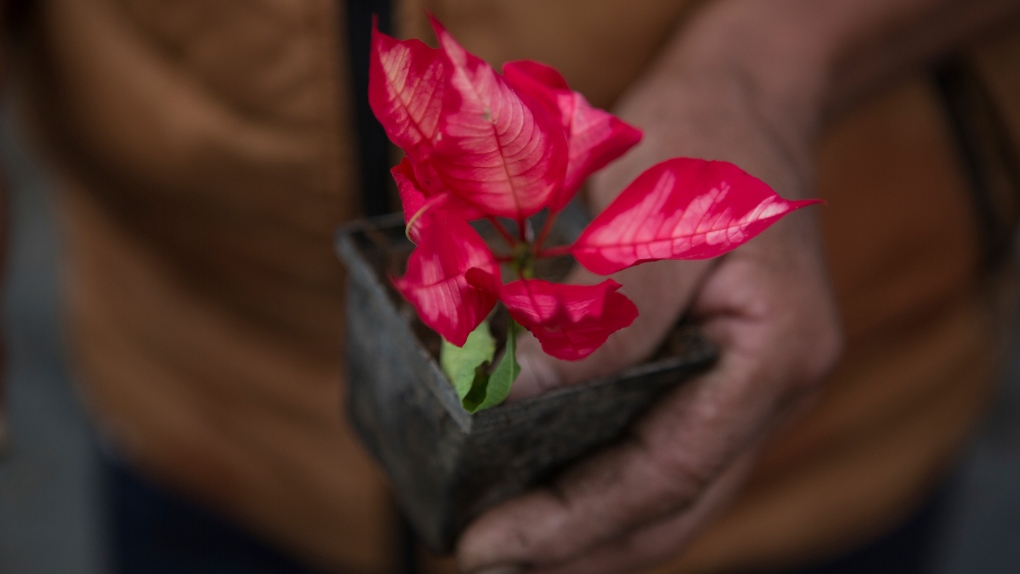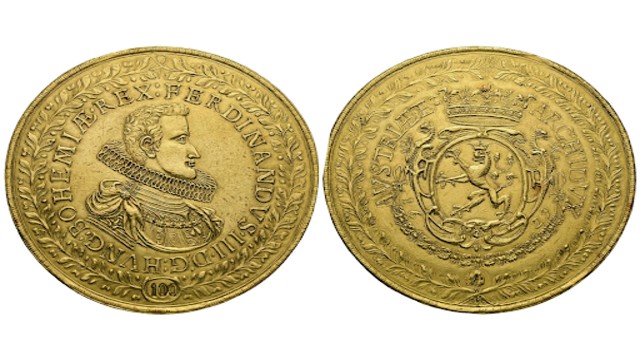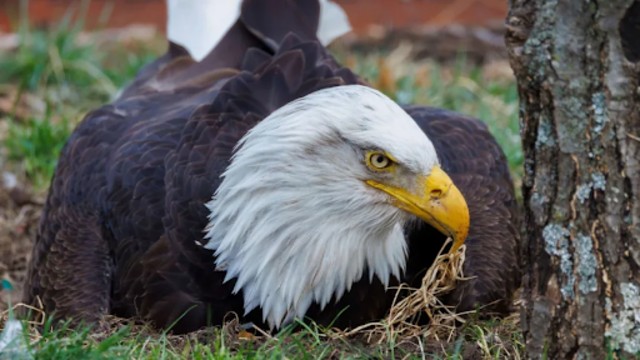
In a photograph from 2022, an individual involved in cultivation is seen holding a poinsettia cutting. (Image: AP Photo/Ginnette Riquelme)
In the festive landscape of Christmas traditions, where Santa, reindeer, and Christmas trees take center stage, the humble poinsettia has long held its place as a symbol of the holiday season across the United States, Canada, and Europe. Yet, as the crimson-leaved plant enjoys its seasonal popularity, there is a growing awareness of the checkered history surrounding its namesake, Joel Roberts Poinsett.
The journey of the poinsettia begins in 1828 when Poinsett, an amateur botanist and the first U.S. minister to the newly independent Mexico, discovered the vibrant plant during his tenure. Sending clippings back to South Carolina and a botanist in Philadelphia, the plant was named in his honor. However, Poinsett's time in Mexico was short-lived, marked by political maneuvering and expulsion due to allegations of meddling in secret societies and efforts to contain British influence.
Recent revelations about Poinsett's complicated history have cast a shadow over the once-charming name of the poinsettia in the United States. Unveiled accounts depict Poinsett as a disruptive advocate for business interests abroad, a slaveholder, and a key figure in the forced removal of Native Americans, including the tragic "Trail of Tears."
In a biography titled "Flowers, Guns, and Money," historian Lindsay Schakenbach Regele portrays Poinsett as a political pragmatist with controversial connections. Despite being a slaveowner, Poinsett opposed secession and did not live to witness the Civil War. However, Schakenbach Regele criticizes Poinsett's treatment of Indigenous peoples, suggesting that his affiliations with learned societies may have justified the expulsion of Natives from their homes.
The poinsettia's history, however, predates Poinsett's encounter with it. Cultivated during the Aztec empire in Mexico 500 years ago, the plant is known as "cuetlaxochitl" among Nahuatl-speaking communities, meaning "flower that withers." In Latin America, it is referred to as "flor de Nochebuena" or the "flower of Christmas Eve," reflecting its association with holiday celebrations.
As awareness of Poinsett's controversial legacy grows, some enthusiasts, particularly among Mexican youths, are gravitating towards the name "cuetlaxochitl." However, the majority of Mexicans do not commonly use the term "poinsettia" or discuss Poinsett's history, according to Laura Trejo, a Mexican biologist studying the genetic history of the U.S. poinsettia.
Recent research by Mexican biologists has traced the genetic roots of U.S. poinsettias to a wild variant in Guerrero, Mexico. The flower still grows wild along Mexico's Pacific Coast and parts of Central America, showcasing a rich diversity of untapped variants. Efforts are underway to safeguard against plant poaching and the theft of genetic information.
Despite Poinsett's controversial history, his legacy endures, with around 1,800 meticulously tended poinsettias delivered to museums affiliated with the Smithsonian Institution each November and December. Poinsett's influence extends beyond the plant, as he advocated for the establishment of a national science museum, contributing to the creation of the Smithsonian Institution through a bequest from British scientist James Smithson.















